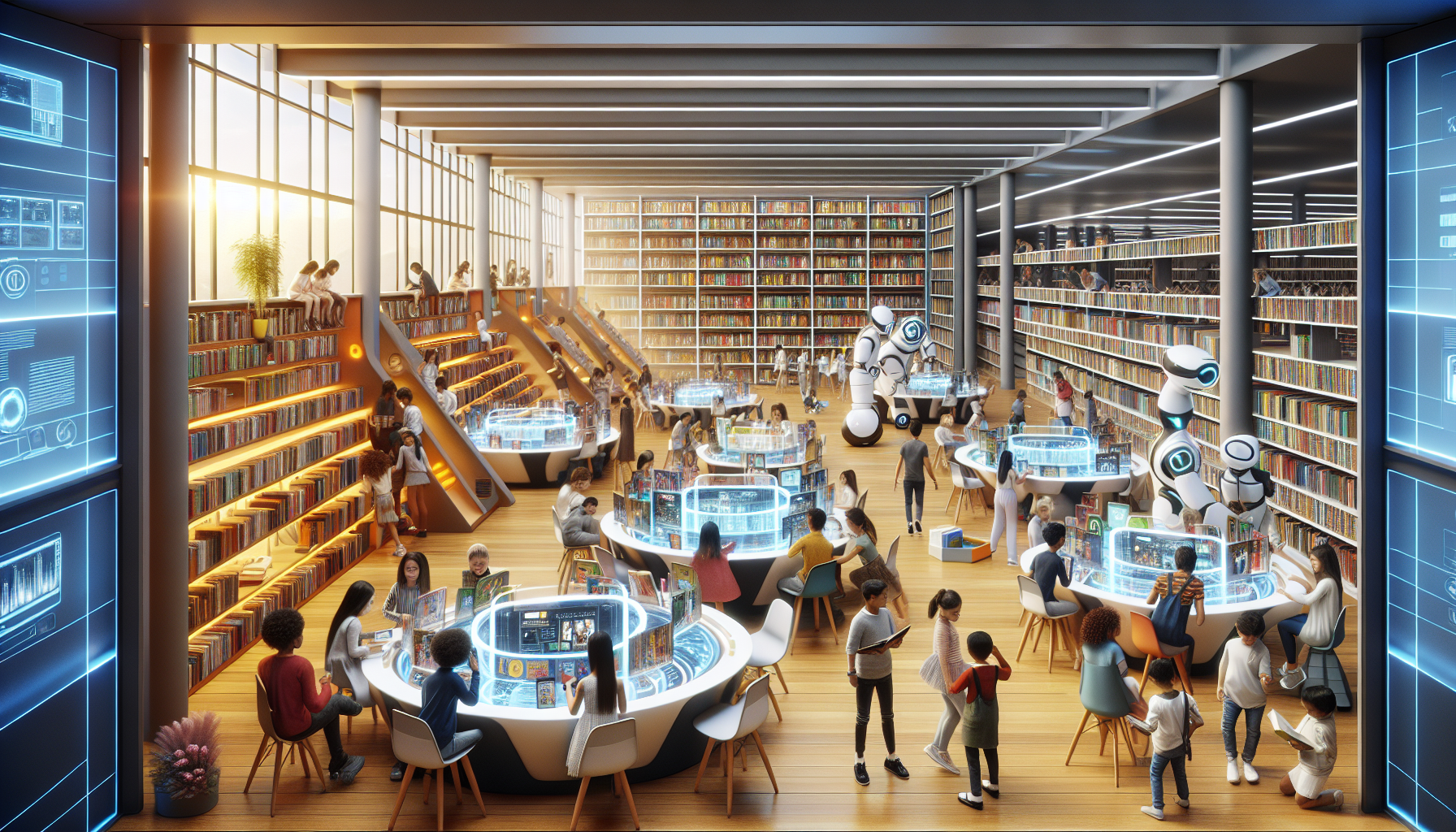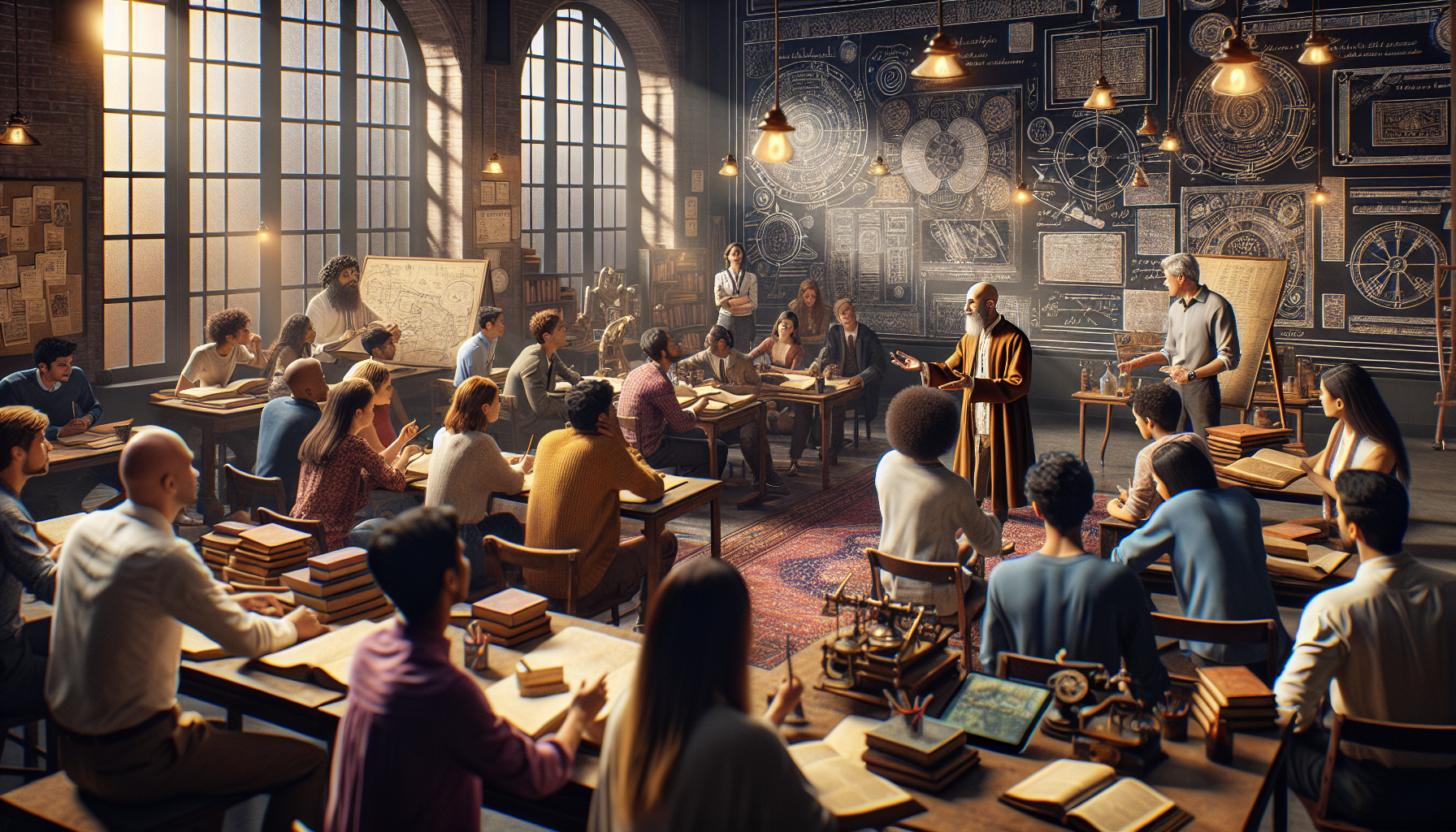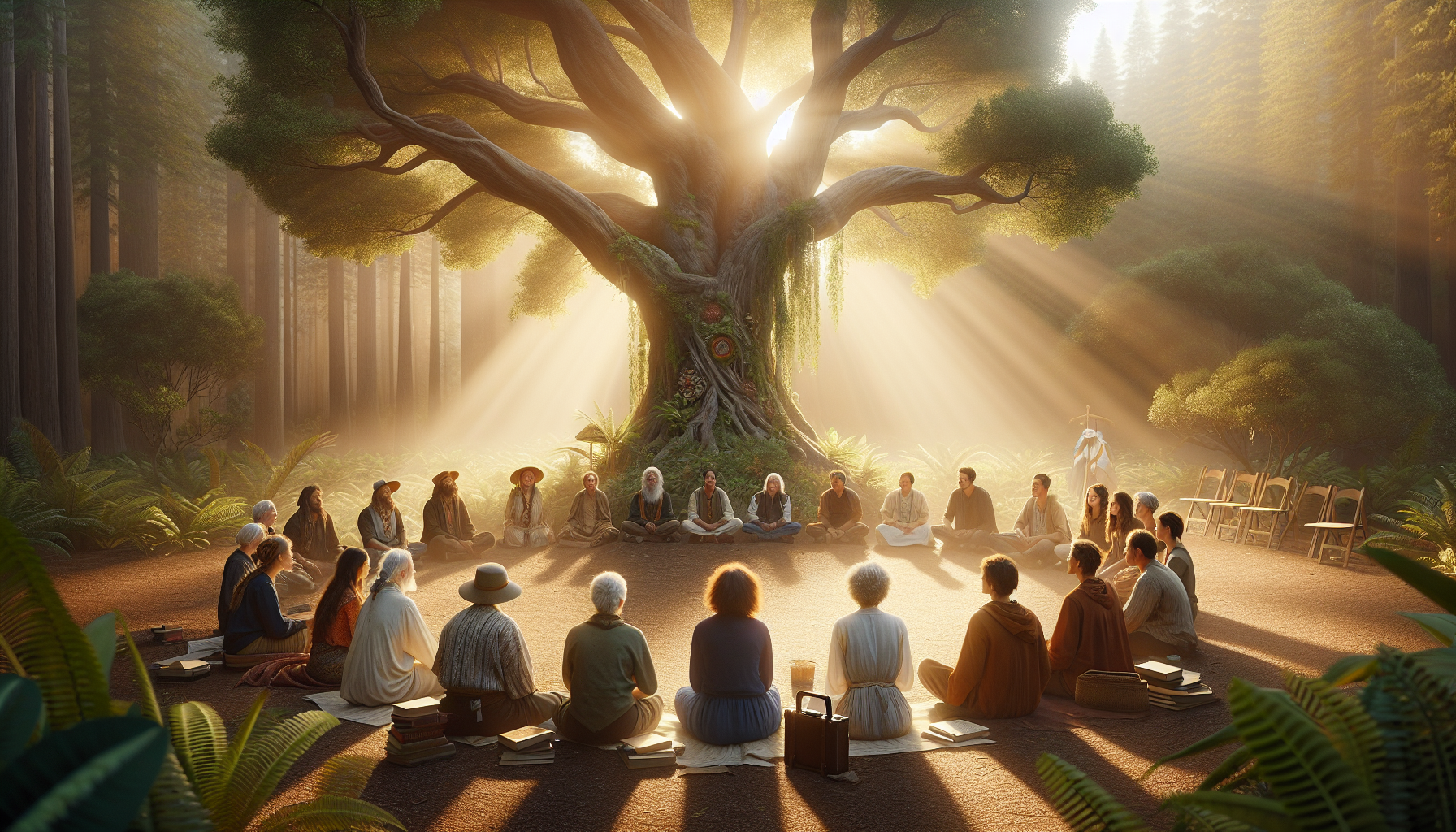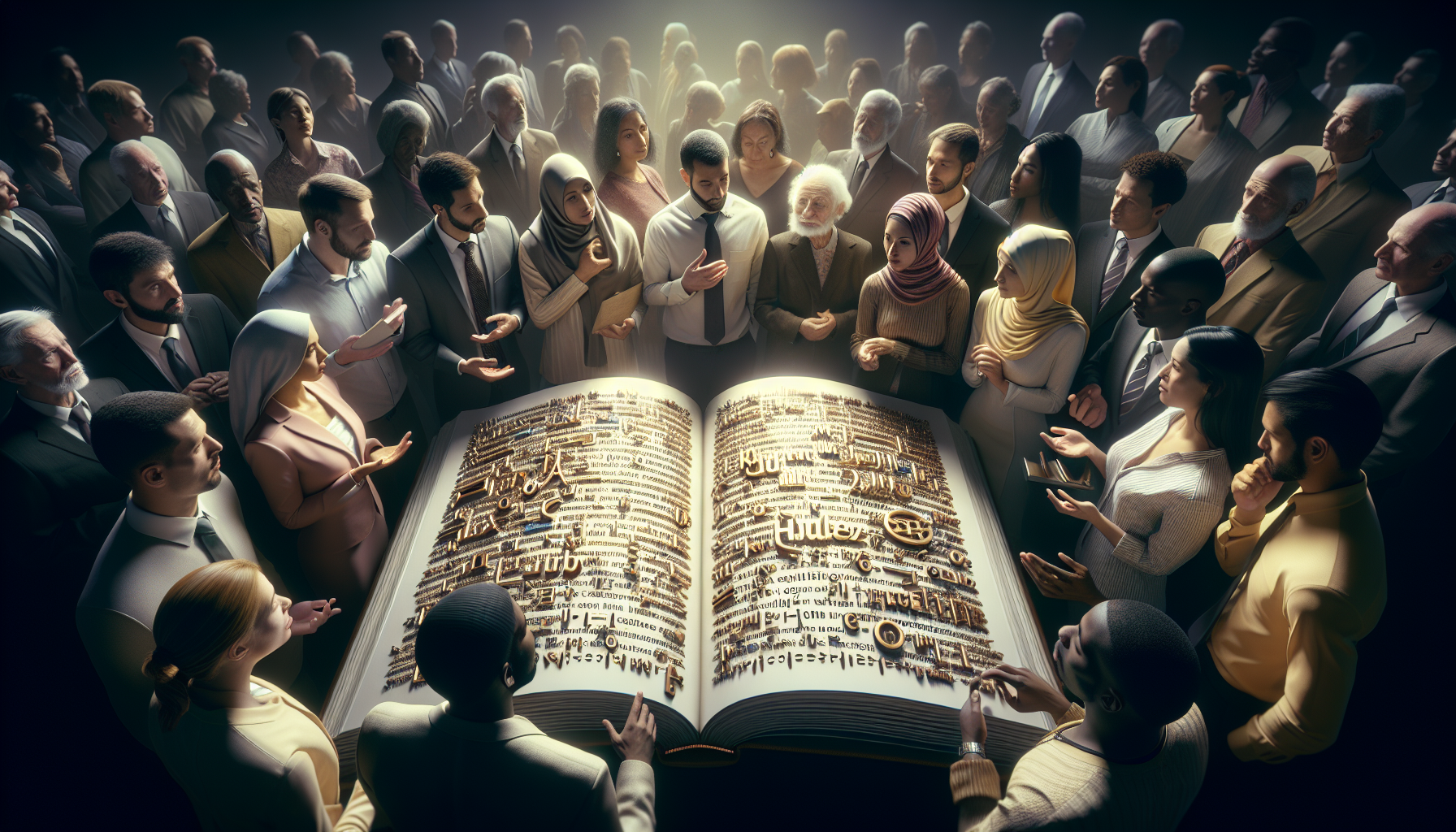In an era where digital information is at our fingertips, the role of school libraries is evolving faster than ever. Gone are the days when these quiet sanctuaries were merely repositories for dusty books and silent study. Today, school libraries are dynamic learning hubs that foster creativity, critical thinking, and collaboration. As we stand on the brink of a new educational frontier, it is imperative to rethink and transform these vital spaces to meet the needs of modern learners. This article delves into the exciting metamorphosis of school libraries, examining how they are being reimagined to become vibrant centers of innovation and inquiry. 📚✨
At the heart of this transformation is the integration of technology. From interactive whiteboards to virtual reality headsets, cutting-edge tools are revolutionizing the way students engage with information. School libraries are no longer just about consuming content—they are about creating it. By incorporating makerspaces and digital media labs, libraries are encouraging students to become active participants in their learning journeys. In this article, we’ll explore how these technological advancements are being seamlessly woven into the fabric of school libraries, making them more relevant and engaging than ever before.
But technology is just one piece of the puzzle. Equally important is the shift in how we view the role of librarians and library spaces. Today’s librarians are not just custodians of books; they are educators, tech-savvy guides, and champions of lifelong learning. This article will highlight the evolving roles of librarians and the innovative ways they are supporting students’ academic and personal growth. Additionally, we’ll discuss the physical redesign of library spaces to create more flexible and inclusive environments that cater to diverse learning styles and needs. By the end of this journey, you’ll have a comprehensive understanding of how school libraries are being reshaped for the future and why their evolution is crucial for nurturing the next generation of thinkers and leaders. 🌟📖
The Evolution of School Libraries
The concept of the library has evolved significantly over the decades. Traditionally, school libraries were perceived as simple repositories for books, acting primarily as quiet spaces for study and research. These libraries were built with the sole purpose of housing a collection of texts deemed essential for academic growth. However, as the landscape of education changes, so does the role of the school library. Today, libraries are no longer just quiet spaces filled with rows of bookshelves. They have become dynamic environments that encourage learning, innovation, and collaboration.
The transformation of school libraries is largely driven by technological advancements and the changing needs of students. As we move deeper into the digital age, the role of the library has expanded to include a variety of digital resources and tools that were previously unimaginable. E-books, audiobooks, online databases, and multimedia resources have become integral components of the modern library, allowing students to access information quickly and efficiently. This shift towards digital resources reflects a broader trend in education, where technology is increasingly used to enhance learning and teaching.
Furthermore, modern school libraries are designed to be interactive spaces that foster creativity and collaboration. They are equipped with technology labs, maker spaces, and areas designed for group work. The library of the future is a vibrant community hub where students can collaborate on projects, explore new ideas, and engage with a variety of learning resources. This transformation is not only about adapting to technological change but also about creating environments that cater to diverse learning styles and promote lifelong learning.
Digital Resources: Expanding Access and Opportunities
One of the most significant changes in school libraries is the integration of digital resources. The accessibility and variety of these resources have opened up new opportunities for students, providing them with the tools they need to succeed in an increasingly digital world. With digital libraries, students can access a wealth of information at their fingertips, from anywhere and at any time. This is particularly important for students in remote or underserved areas, where access to traditional library resources may be limited.
Digital resources are not just about e-books and online articles. They also include interactive tools and platforms that can enhance the learning experience. For example, digital storytelling platforms and educational games can make learning more engaging and interactive. Online collaboration tools allow students to work together on projects, even if they are not in the same physical location. These tools not only enhance the learning experience but also prepare students for the collaborative and digital nature of the modern workplace.
Moreover, the integration of digital resources in school libraries supports differentiated learning. With access to a wide range of resources, students can learn at their own pace and explore topics that interest them. This personalized approach to learning can help to engage students who may struggle with traditional teaching methods. The digital transformation of libraries is a testament to the adaptability of educational institutions and their commitment to meeting the needs of all students.
Creating Collaborative Spaces in School Libraries
The role of school libraries as collaborative spaces is becoming increasingly important. In the past, libraries were seen as quiet, solitary environments. Today, they are vibrant spaces where students can come together to share ideas and work on projects. This shift reflects a broader trend in education, where collaboration and teamwork are seen as essential skills for the future workforce.
Modern school libraries are designed with collaboration in mind. They include flexible seating arrangements, technology-enabled meeting areas, and spaces that can be easily adapted to meet the needs of different groups. These spaces encourage students to work together, share ideas, and learn from one another. The library becomes a hub of activity, where students can engage in group projects, participate in workshops, and attend events that promote collaboration and innovation.
The design of these collaborative spaces is informed by the principles of active learning. Active learning emphasizes student engagement and participation in the learning process. By creating spaces that encourage interaction and collaboration, school libraries can support active learning and help students develop the skills they need to succeed in a rapidly changing world. The emphasis on collaboration and teamwork in modern libraries reflects the growing recognition that these skills are essential for success in both education and the workplace.
Innovative Library Design: More Than Just Books
Innovative library design is about more than just creating spaces for books. It’s about creating environments that inspire learning, creativity, and collaboration. Modern library design incorporates a variety of elements that make libraries more inviting and functional. These elements include flexible furniture, technology integration, and spaces that can be easily adapted to meet the needs of different users.
Flexible furniture is a key component of modern library design. Movable chairs, tables, and partitions allow for the creation of different types of spaces within the library. This flexibility is important because it allows the library to be used for a variety of purposes, from quiet study to group work to large-scale events. The ability to reconfigure spaces quickly and easily makes the library more versatile and better able to meet the needs of students and teachers.
Technology integration is another important aspect of modern library design. Libraries are equipped with a range of technologies, including computers, tablets, interactive whiteboards, and video conferencing tools. These technologies are not just for accessing information but also for creating and sharing content. By providing access to these tools, libraries help to bridge the digital divide and ensure that all students have the opportunity to develop digital literacy skills.
| Traditional Library | Modern Library |
|---|---|
| Focus on books and printed materials | Includes digital resources and tools |
| Quiet, solitary environment | Collaborative, interactive spaces |
| Fixed seating and layout | Flexible, adaptable spaces |
Check out the innovative design ideas in the video below:
Transforming School Libraries for Future Learning – Edutopia

Conclusion
Title: Bookworms on the Move: Transforming School Libraries for the Future
In conclusion, the transformation of school libraries for the future is not just an aspirational goal but a necessary evolution to meet the changing educational needs of our time. Throughout this article, we have explored the multifaceted role of modern libraries, delving into their potential to become dynamic hubs of learning, creativity, and innovation. By recapitulating the main points addressed, we can appreciate the breadth of transformation required and the exciting possibilities it holds for students, educators, and communities alike.
Firstly, we emphasized the critical shift from traditional repositories of books to vibrant learning commons. Modern libraries are evolving into flexible spaces that encourage collaboration, creativity, and independent learning. They are designed to be adaptable, with movable furniture and technology that supports diverse activities. This transformation is crucial to cater to different learning styles and to promote an inclusive environment where all students can thrive.
Moreover, we discussed the integration of technology as a cornerstone of this transformation. Libraries are no longer just about physical books but are gateways to digital resources, interactive learning tools, and global information networks. This digital integration empowers students to develop essential 21st-century skills, such as critical thinking, digital literacy, and information management. It also bridges the gap between traditional learning and the digital age, preparing students for a future where technology is omnipresent.
Another key point addressed was the role of librarians as facilitators of learning and innovation. Modern librarians are not just custodians of books but are educators, technologists, and mentors. They play a pivotal role in guiding students through the vast array of resources available, teaching them how to evaluate information critically and use it ethically. Librarians are instrumental in fostering a love for reading and lifelong learning, essential traits in an ever-evolving world.
Furthermore, we highlighted the importance of community engagement in transforming school libraries. Libraries are becoming community centers that extend beyond the school walls, offering programs and resources that benefit families and local residents. By involving the community, libraries become more than educational spaces; they become integral parts of the social fabric, promoting literacy and lifelong learning for all.
Reinforcing the importance of this topic, transforming school libraries is essential for creating an educational environment that is responsive to the needs of today’s students. As we face global challenges and rapid technological advancements, equipping students with the skills to navigate and succeed in this landscape is crucial. Modern libraries play a vital role in this mission, providing the resources and support necessary for students to become informed, engaged, and empowered citizens.
We encourage you, as readers, educators, parents, and community members, to take an active role in this transformation. Whether by advocating for library funding, participating in library programs, or simply sharing this article with others, your involvement is vital. Let’s work together to ensure that our school libraries continue to be dynamic, inclusive spaces that inspire curiosity and foster a lifelong love for learning.
📚✨ Transforming school libraries is not just about keeping up with the times; it’s about shaping a future where knowledge is accessible, learning is continuous, and every student has the opportunity to reach their full potential. Share this article, comment with your thoughts, and let’s collaborate to make our vision for future-ready libraries a reality.
For further reading on this topic, you can explore the following resources:
– American Library Association (ALA) https://www.ala.org/
– International Federation of Library Associations and Institutions (IFLA) https://www.ifla.org/
– Future Ready Librarians https://futureready.org/program-overview/librarians/
These resources provide valuable insights and strategies for those interested in the ongoing transformation of school libraries. Let’s keep the conversation going and continue to advocate for vibrant, future-ready learning spaces for all students.
- Flexible learning environments
- Technological integration
- Community engagement
- Inclusive and accessible spaces
Toni Santos is a visual storyteller and educational ethnographer whose work celebrates the fluid knowledge systems of nomadic cultures. Through art and research, Toni brings attention to how learning has thrived outside traditional institutions—rooted in movement, oral tradition, and deep connection to land and community.
Guided by a passion for ancestral wisdom, adaptive pedagogy, and cultural resilience, Toni explores the tools, rituals, and environments that once shaped the minds of travelers, herders, and migrating communities. Whether illustrating storytelling circles beneath open skies, wearable mnemonic devices, or maps woven into textiles, Toni’s work honors learning as a lived, sensory, and communal experience.
With a background in visual anthropology and intercultural design, Toni reconstructs the educational models of mobile societies through images and narratives that restore their dignity and relevance in today’s world.
As the creative mind behind Vizovex, Toni shares a rich tapestry of visual essays, artifact-inspired art, and curated stories that reveal the genius of teaching and learning on the move.
His work is a tribute to:
The wisdom of learning through journey, rhythm, and story
The spatial and environmental intelligence of nomadic cultures
The power of intergenerational knowledge passed outside walls
Whether you’re an educator, researcher, or lifelong learner, Toni invites you to step into a world where education is not confined, but carried—one step, one song, one shared insight at a time.





